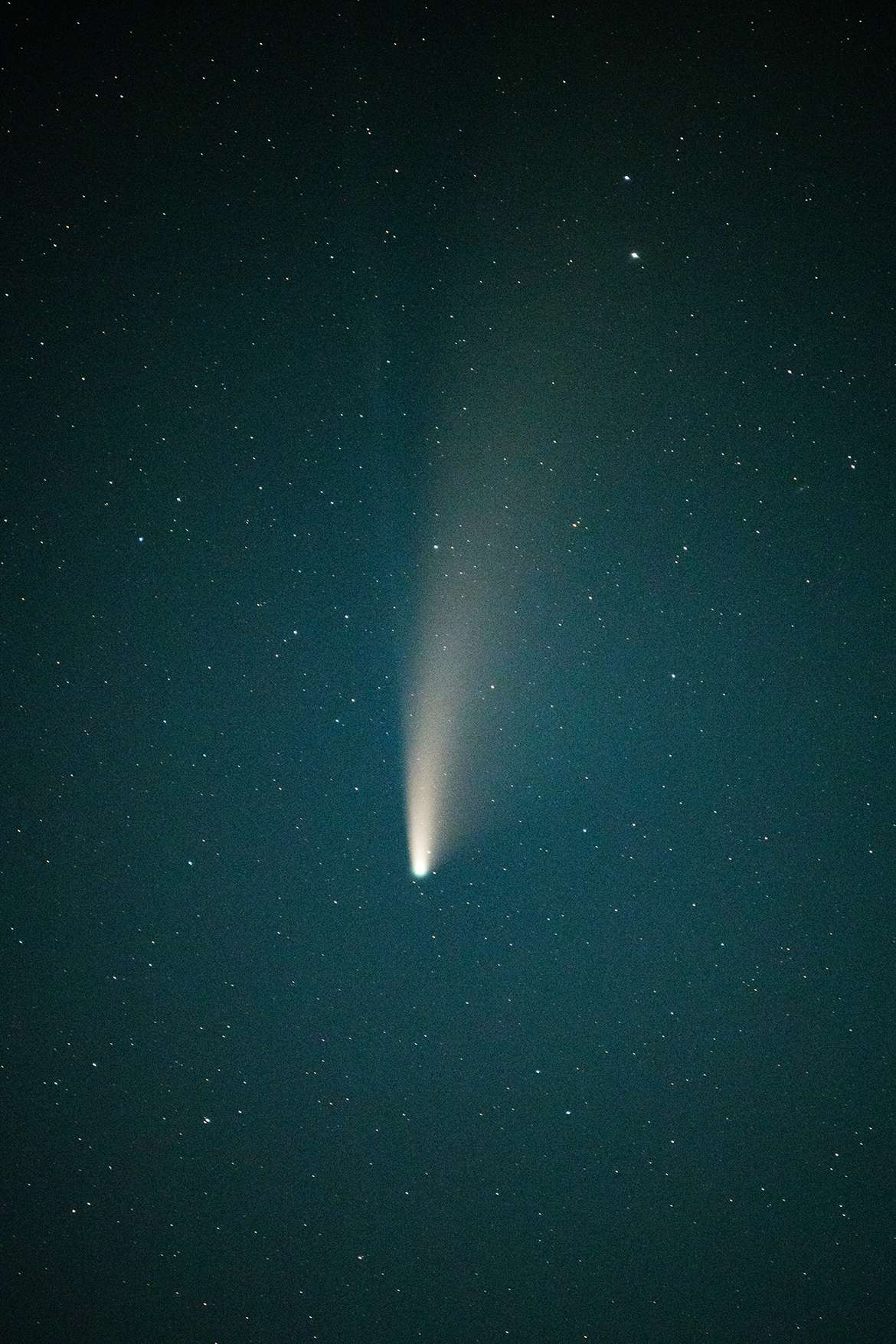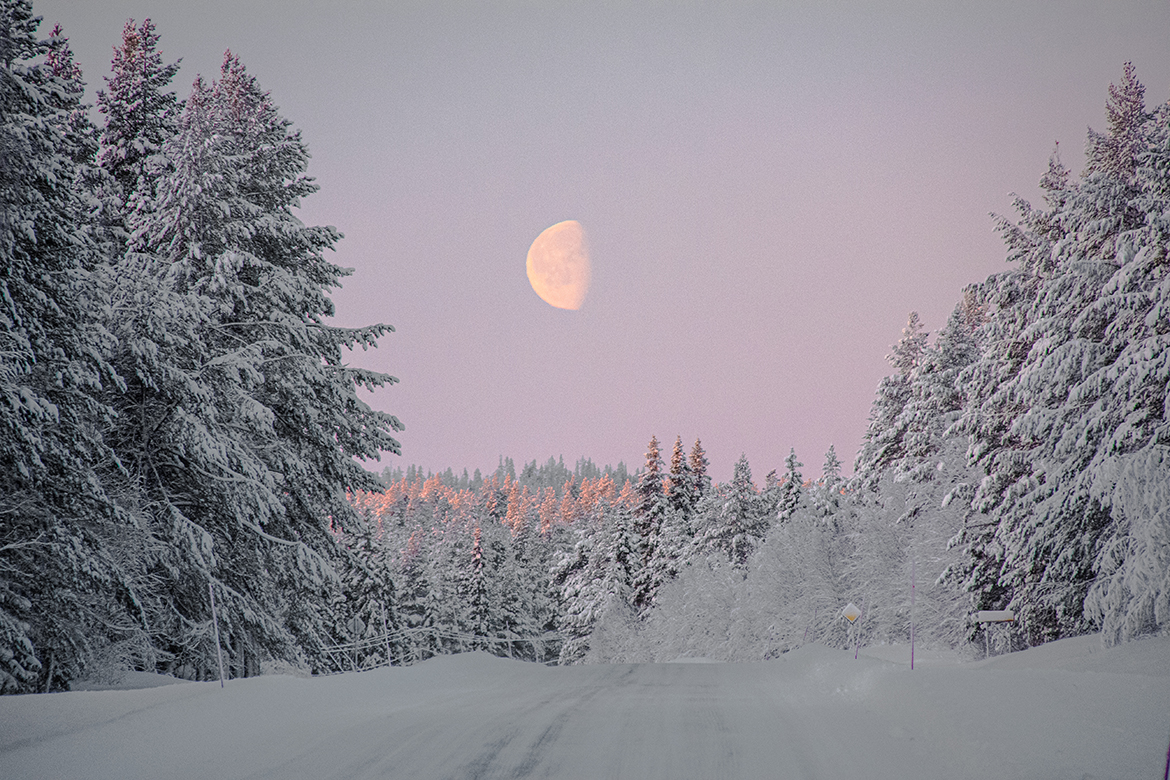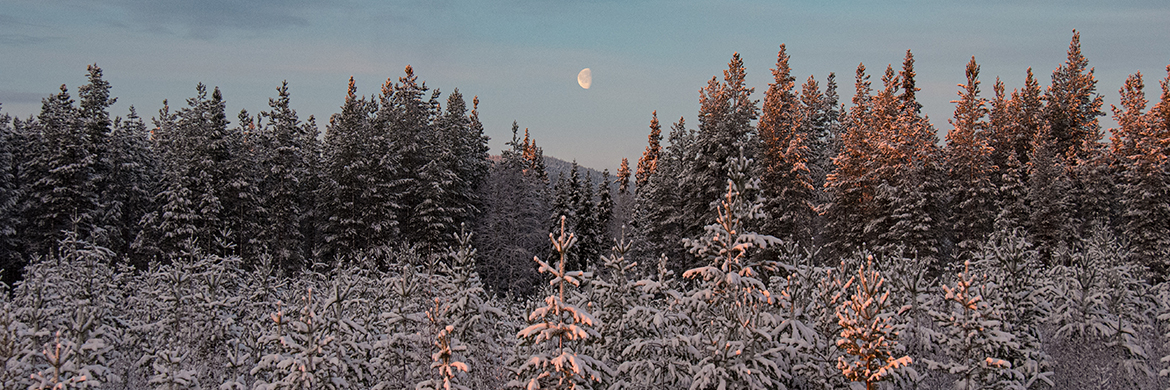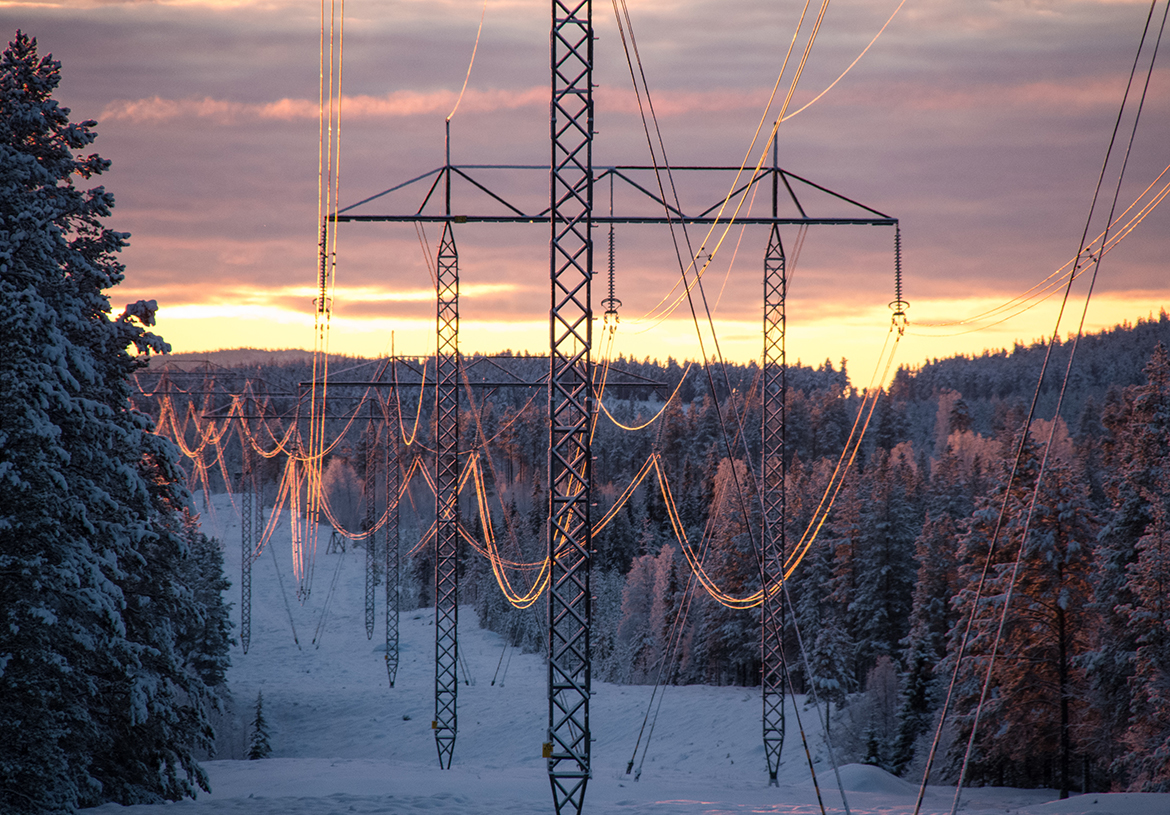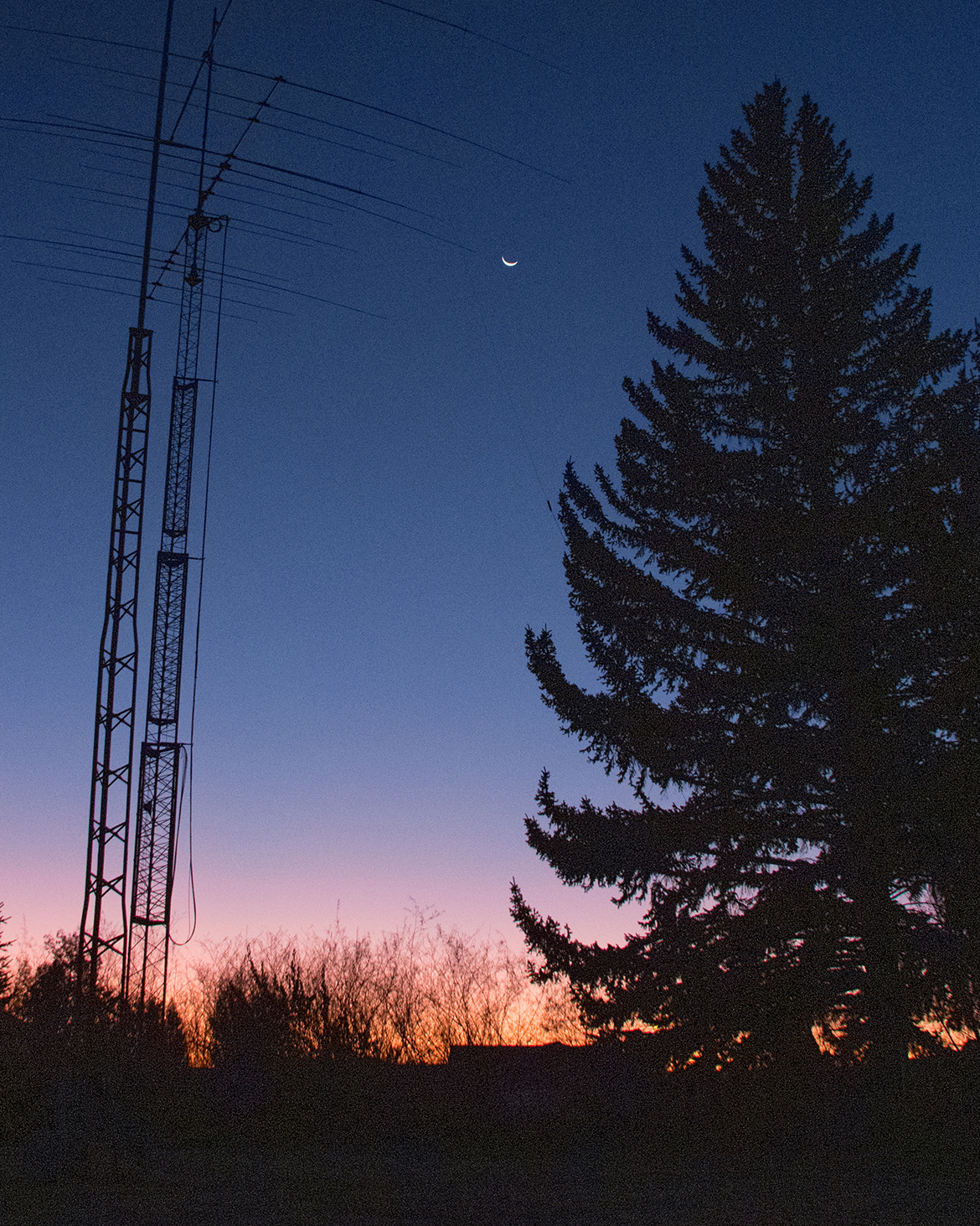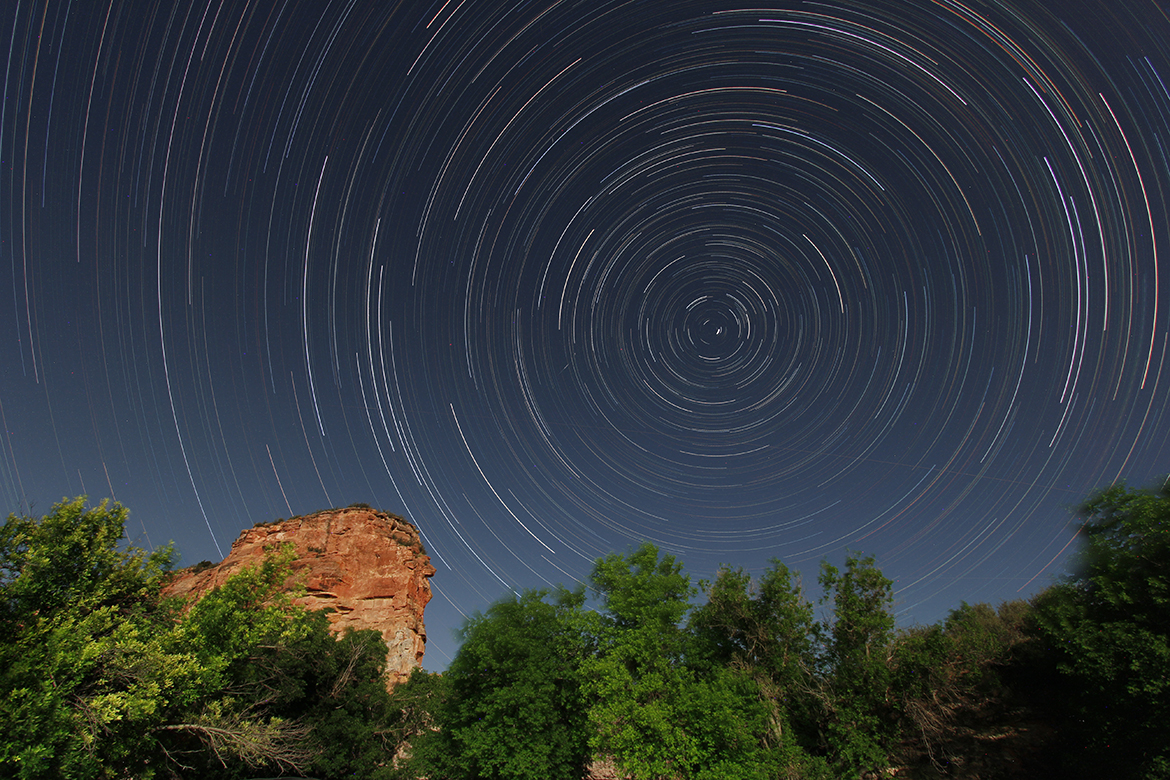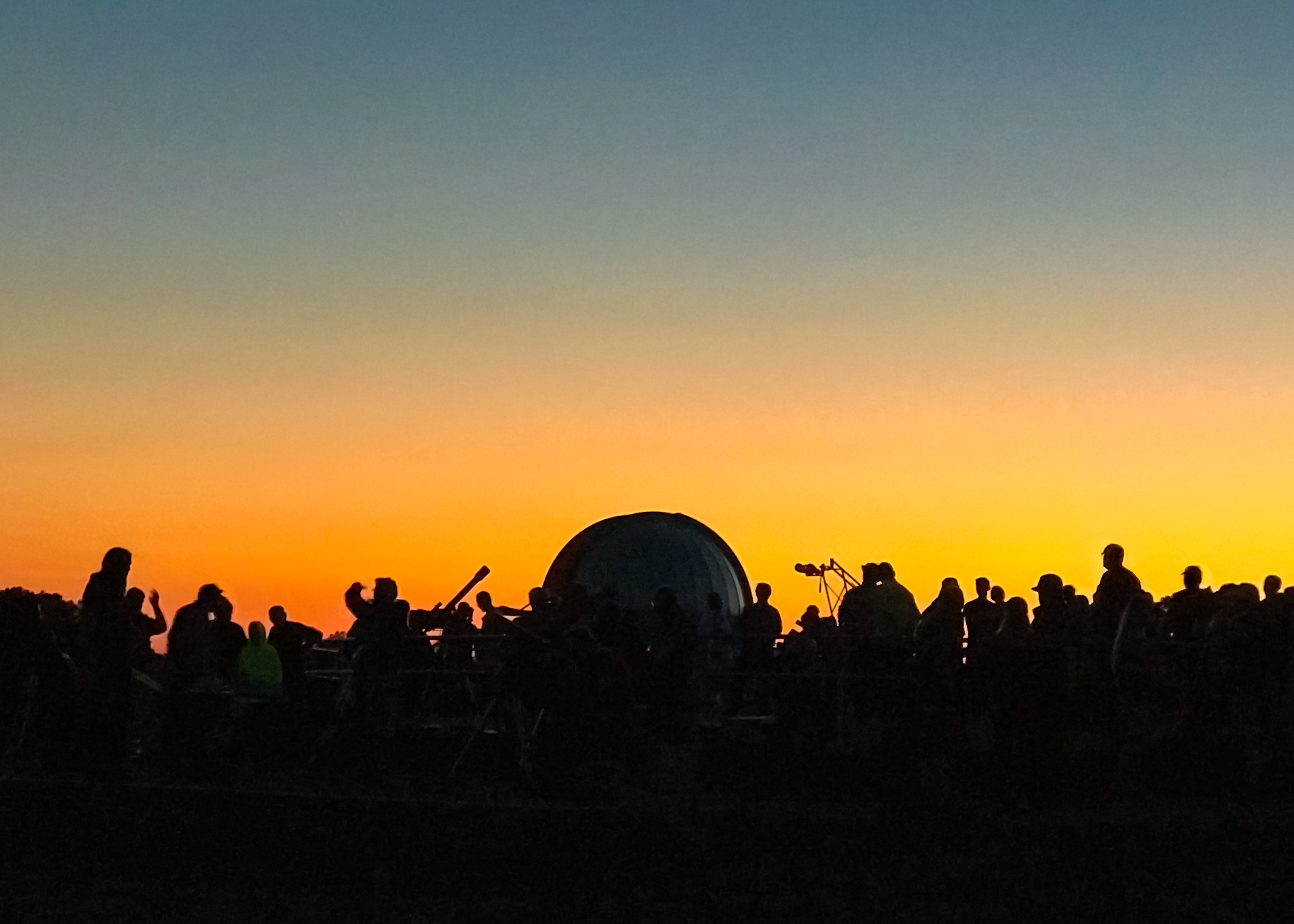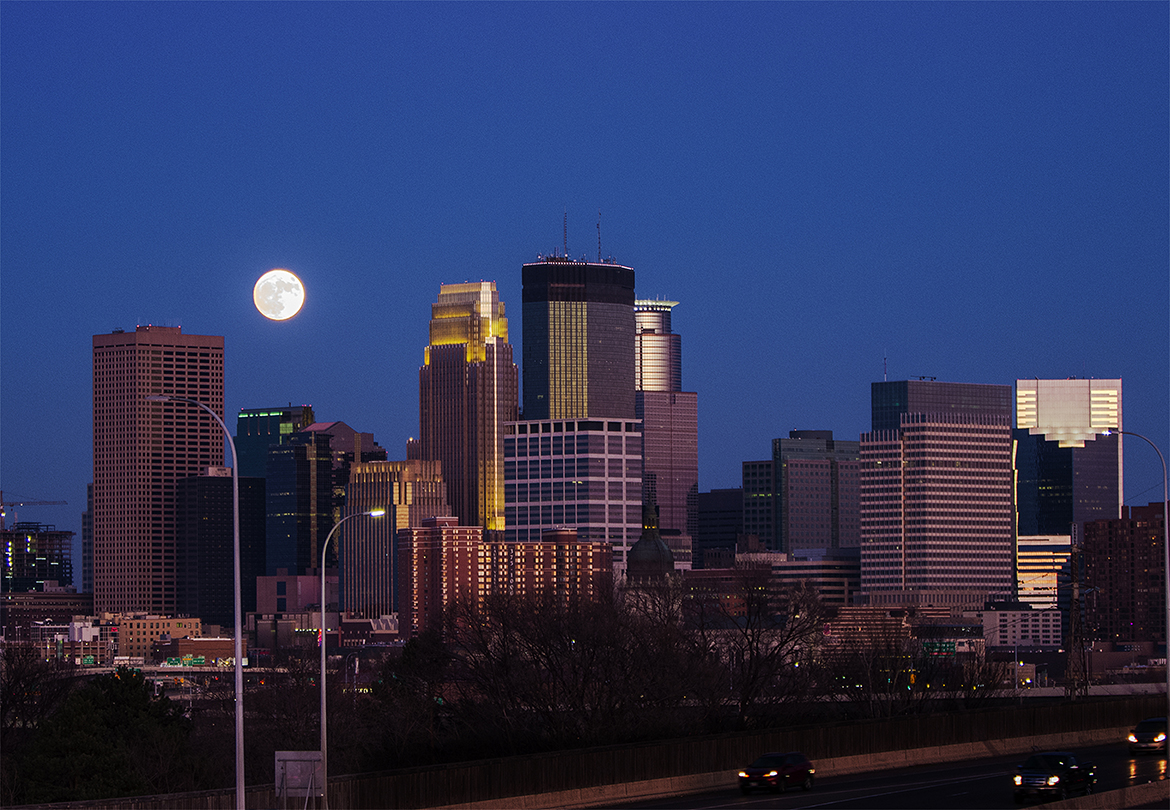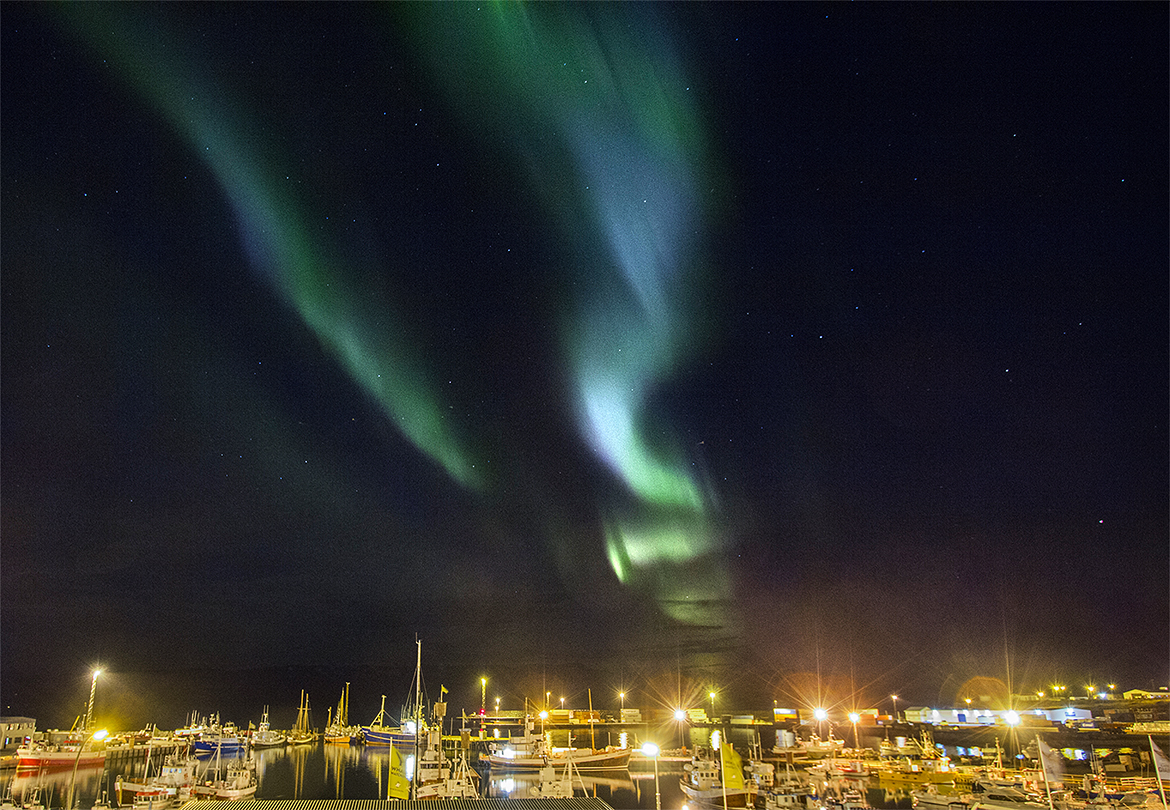
I have long been fascinated by sunflowers. On my travels across the prairies of the Dakotas I loved to encounter sunflower fields with their collective bright yellow heads all aimed in the same direction.
It is generally known that sunflowers track the sun across the sky, from east to west. I wondered what happens after sunset, when the flowers would all be facing west. With no phototropism to guide it, how would they get ready for the eastern sunrise? Would they be caught off-guard in the morning and suddenly swing their heads back at the risk of floral whiplash? Or is there a gradual re-setting of the neck-stalk fibers back to an easterly gaze?

